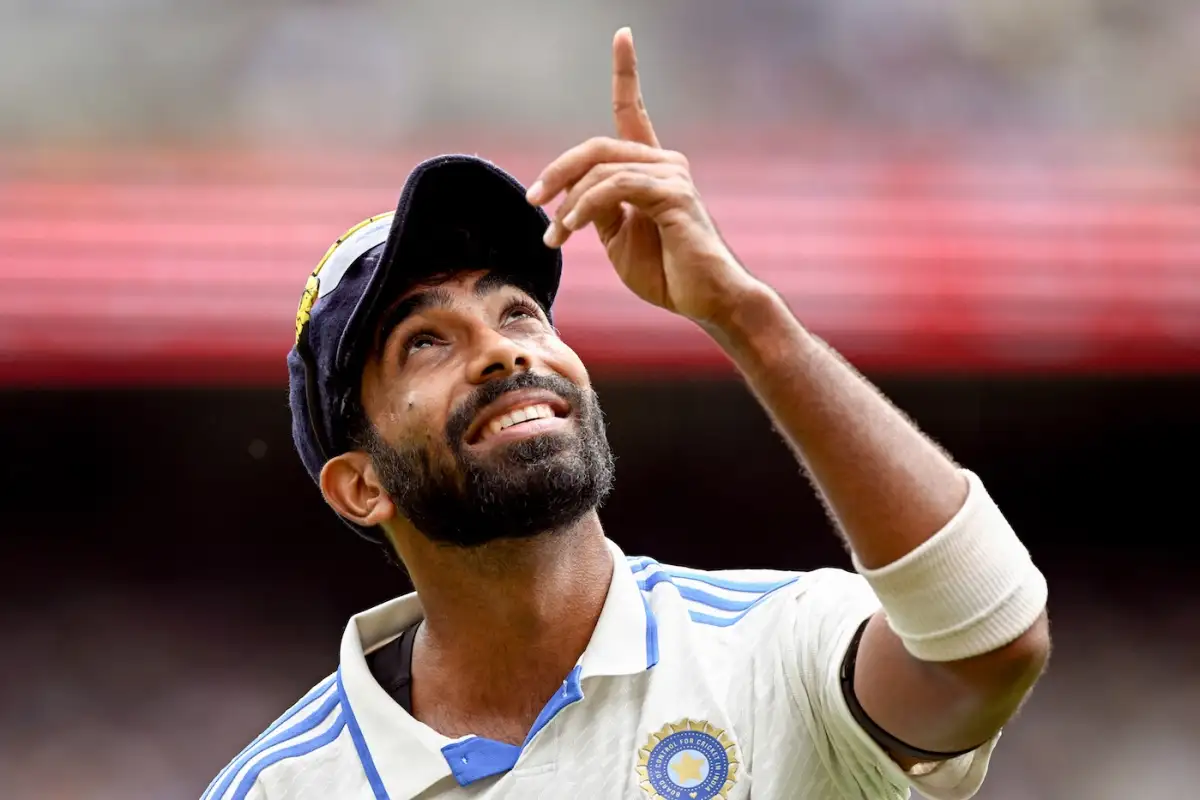
He pointed out that Bumrah bowled an average of 16 overs per innings and argued that it wasn't a big deal as those overs were bowled in multiple spells rather than continuously.

Jasprit Bumrah delivered a stellar performance in the Border-Gavaskar Trophy (BGT) 2024-25, taking 32 wickets in nine innings at an average of 13.06. Over the series, he bowled a total of 151.2 overs.
However, he suffered a back spasm during the final Test in Sydney, leaving him unable to bowl in the second innings, which played a key role in India’s defeat and Australia’s series win.
Also Read: Sunrisers Eastern Cape Playing XI, SA20 2025: Best SEC Playing 11, Full Squad and Players List
Bumrah’s injury update remains unclear, but he is unlikely to feature in the upcoming white-ball series against England starting January 22. With the Champions Trophy scheduled in February, the Indian team would want him to recover fully before the 50-over tournament.
Speaking to Times of India, former India pacer Balwinder Sandhu, a 1983 World Cup winner, criticized the concept of workload management in cricket and questioned whether Bumrah’s workload was excessive.
He pointed out that Bumrah bowled an average of 16 overs per innings and argued that it wasn’t a big deal as those overs were bowled in multiple spells rather than continuously.
“Workload? How many overs did he bowl? 150-something, right? But in how many matches or innings? Five matches or nine innings, correct? That comes down to 16 overs per innings or 30 overs per match. And he didn’t bowl those 15-plus overs in one go. He bowled in spells,” Sandhu told the Times of India.
Sandhu dismissed the concept of workload management as an “Australian concept,” saying it was unnecessary. He said that in his time, players listened to their bodies rather than seeking external advice, and this allowed them to develop endurance naturally.
“So, is it a big deal? Workload management is bull****. These are Australian terms, created by Australians. Workload management is nothing. I don’t agree with this,” he added.
Sandhu also stated that bowling 15–20 overs in a day, spread across spells, is not too demanding for a bowler. He believes modern players, with access to advanced recovery methods, should meet this standard to play Test cricket effectively.
“Bowling 15 overs in a day, and that too in different spells, is not a big deal for a bowler. You’re not bowling on all five days of a Test match. He took three or four spells to bowl those overs. Today, you have the best physios, the best masseurs, and excellent doctors to take care of your body. If a bowler can’t bowl 20 overs in an innings, he should forget about playing for India,” he further stated.
For Sandhu, a bowler unable to handle the rigors of Test cricket should focus on shorter formats like T20s, where only four overs are required. He said Test cricket demands a higher level of stamina and resilience, which should be non-negotiable for players.
“If you want to represent India, you should have the strength to bowl at least 20 overs in an innings. If you can’t, then it’s better to go back and play T20s, where you only need to bowl four overs. Even those four overs are bowled in three spells,” he added.
Drawing comparisons to his time, Sandhu praised Kapil Dev for regularly bowling long spells of 25–30 overs a day. He highlighted that bowlers back then conditioned their bodies through consistent bowling, which he believes is key to succeeding in Test cricket.
“We used to bowl 25–30 overs in a day. Kapil (Dev) has bowled long spells throughout his career. Your body and muscles get conditioned when you bowl, bowl, and bowl,” he concluded.
For more updates, follow CricXtasy on Facebook, Instagram, Twitter, Telegram, and YouTube.